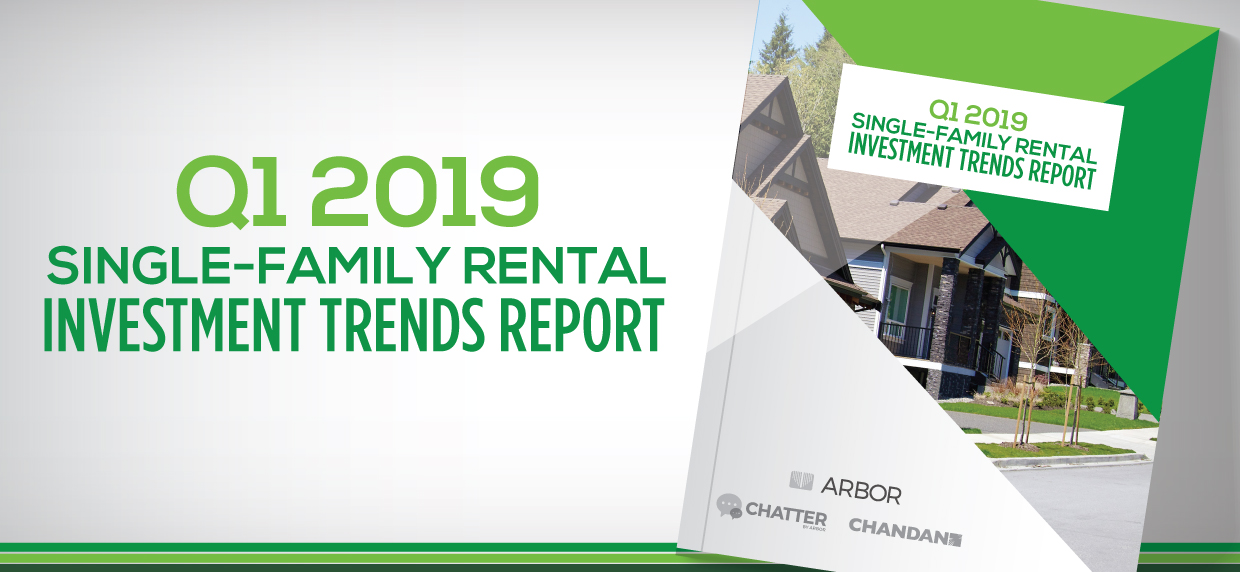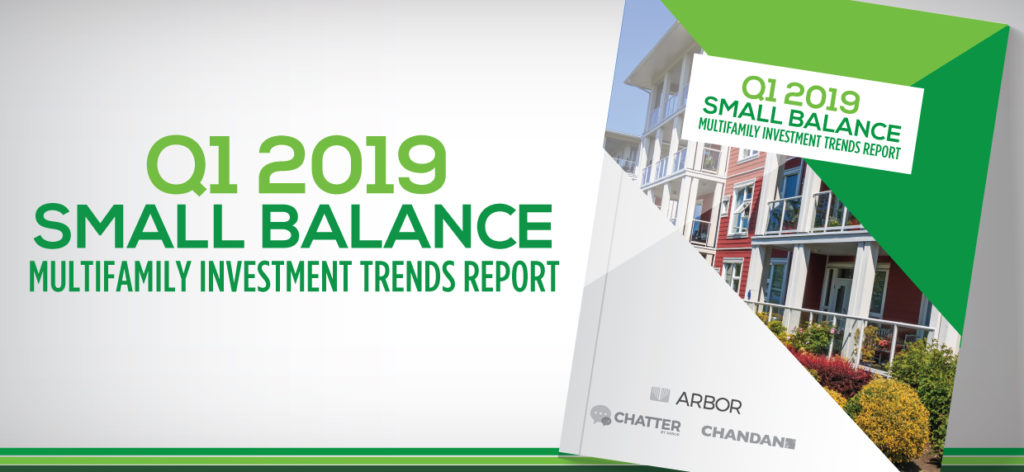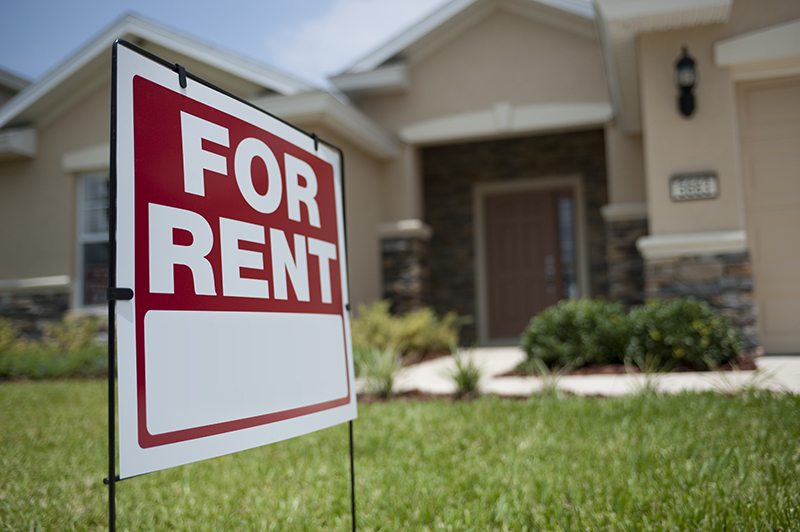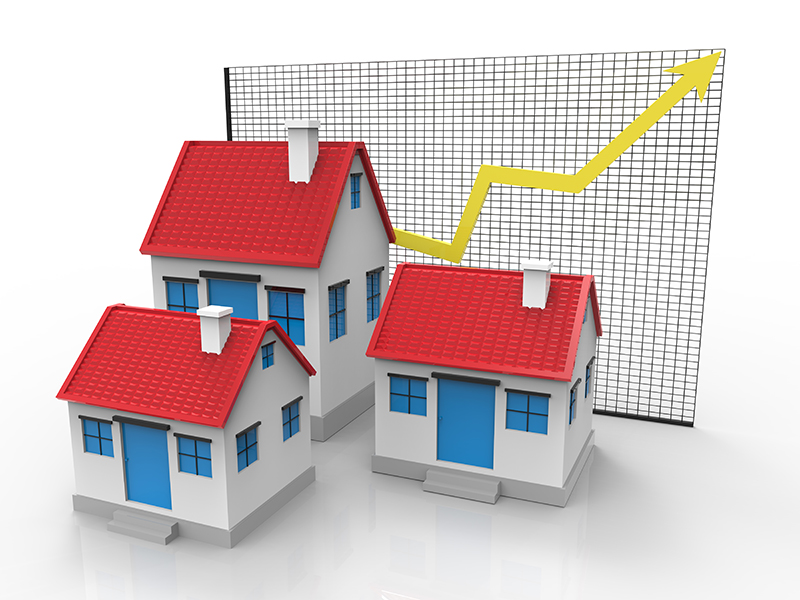Small Multifamily Sector Returns to Normalcy as the Recovery Takes Hold Trends in the small multifamily sector reflect the recovery of the broader industry. This quarterly report features exclusive, timely data and insights on the small multifamily finance and investment trends for the second quarter and what’s ahead for the year. Key Findings Include: Acquisitions made up a larger share of lending volume as refinancings settled Asset prices climbed above their pre-pandemic mark Cap rate compression continued its long-term trend Loan-to-value ratios reversed their freefall Complete the form to instantly access the full report!
Articles
Sun Belt metros are driving new apartment transaction activity in the U.S. accounting for nearly 60% of all U.S. deal volume. These markets are also leading the post-pandemic expansion, with apartment transaction volume totals well above their 2019 levels.
Analysis
The Charlotte multifamily market has consistently been one of the nation’s top performers over the last several years. It’s strong showing continued in 2021 as the market recovered from the COVID-19 pandemic and subsequent recession.
Analysis
The Charlotte multifamily market has consistently been one of the nation’s top performers over the last several years, and that trend continued as the market recovered from the COVID-19 pandemic and recession.
Articles
As the optionality of the single-family residential market grows to match that of the multifamily/condo space, professional SFR operators have their foot on the gas for what looks like yet another record-setting year.
Articles
Small multifamily lending volume reached an annualized $60.2 billion, on pace to not only break 2020’s total, but also 2019’s pre-COVID peak. Here’s a quick look at Q1 2021 small multifamily investment benchmarks.
Articles
Our 2021 single-family rental outlook forecasts that the market will continue to grow as it attracts institutional investors and brings on professional managers to improve operations.











